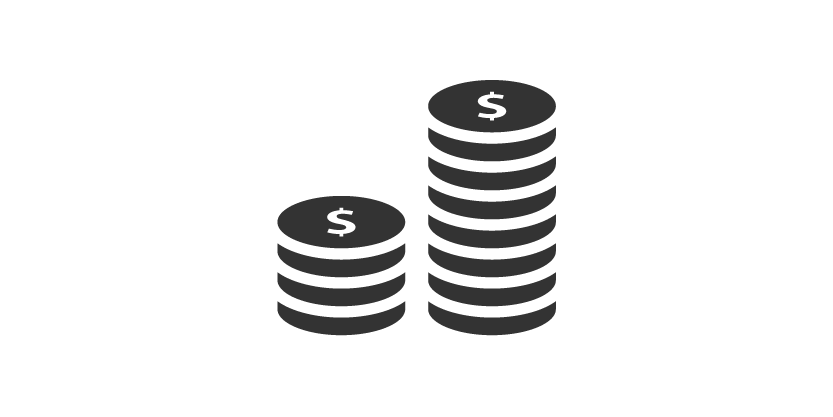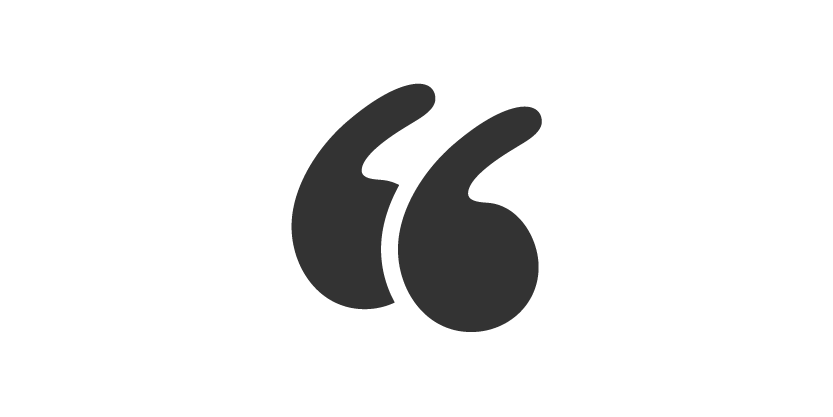A look to the future.
Good government starts with access for all citizens. The last two years have been exemplary for the Indiana Arts Commission as the agency has advanced its opportunities for artists, arts providing organizations and communities, and has helped our arts assets prosper, endure and ultimately pivot to engage and serve our citizens during an unprecedented pandemic. The demand for Arts Commission services has never been greater, with a record number of applicants to our granting programs and record participation in our education services. This helps our arts assets advance their abilities to produce public value by engaging with everyone, every day, everywhere in our state.
The Commission recently adopted a cultural equity statement which will serve as a springboard for advancing our ability to assure access for everyone, regardless of what community they might identify with or where they live. Our state’s rich fabric is strengthened by the cultures, ethnicity, races, colors, identities and variety of our people. The Commission will continue to intentionally break down barriers and provide enhanced opportunities so everyone can have the benefit from the arts in their personal lives and celebrate and communicate their uniqueness.
The arts are essential and central to our state being a welcoming place to live, work, and play. We are all life-long learners, and we want to both attract and retain citizens, giving them opportunities to grow and prosper economically and personally. There is no quality of life without the arts and creativity, as these provide both the fuel and the connectivity that our residents value: community, family, safety and health, opportunity and prosperity.
In the last two years, the Indiana Arts Commission made 1,000+ grants, impacting 143 Indiana towns and cities. |
409 residents of Indiana participated in decision-making at the state level through the grant review process. |
More than 12,000,000 arts experiences were provided by grants funded by the Indiana Arts Commission. |
In the last two years, demand for Indiana Arts Commission resources has increased by 20%. |
The decision-making process.
Public resources are invested on behalf of every taxpayer to produce public value for all. The Indiana Arts Commission makes these investments through grants, and at the heart of each grant are the following principles:
- Excellence, because all should be able to have the highest possible artistic experience.
- Authenticity, because all artistic endeavors have value.
- Inclusion, diversity, equity, and access (IDEA), because all should feel welcome and have the opportunity to benefit.
- Education, because all should be changed through the experience.
The Indiana Arts Commission places strategic priority on community engagement initiatives that are grounded in our principles, with an emphasis on inclusion, diversity, equity, and access work. We’ve found that this strategy brings these grant programs more in line with cultural development, community development, economic development, and social and civic engagement across a range of policy, programming, and funding agencies.
All grants from the Indiana Arts Commission are reviewed and scored by residents of Indiana and peers from across the country. The peer review process is critical to the Indiana Arts Commission’s transparent public funding process. Panelists represent diverse backgrounds, experiences, and knowledge in the arts, as well as reflect diverse geographic areas of Indiana.
No matter where you live in Indiana, you have access to the arts.
For over two decades, the Indiana Arts Commission (IAC) has created intentional strategies to address access issues for rural residents. Through our Regional Arts Partners (RAP), community level programs and grant award policies the IAC has been able to provide direct, in-county access to its funded activities in all 92 counties.
Looking ahead, the IAC seeks to implement strategies to address cultural equity issues with the same intentionality in which it has addressed geographic access. Over the last several years, the agency has taken preliminary steps to better understand cultural equity and community needs through field surveys, focus groups, cultural competency training and formation of the cultural equity statement development committee. The IAC's recently adopted cultural equity statement will serve as a launching point for intentional policy and program development.






